Introduction
The Nakajima Kikka, also known as the Nakajima J9Y, was Japan's first and only operational jet-powered aircraft during World War II. It holds the distinction of being Japan's first jet-powered aircraft to take flight. The development of the Kikka was a response to the Allies' advancements in jet technology, which threatened to overpower Japan's traditional piston-engine aircraft.
History of the Nakajima Kikka:
Background and Development:
By 1944, the situation for Japan in World War II was becoming increasingly desperate. The Japanese military was facing difficulties due to the superior aircraft and firepower of the Allied forces. In this context, the Imperial Japanese Navy and the Nakajima Aircraft Company recognized the potential of jet technology and began working on a jet-powered aircraft.
Design and Construction:
The design of the Kikka was heavily influenced by the German Messerschmitt Me 262, which was the world's first operational jet fighter. However, Japan faced significant challenges in terms of access to resources, technology, and skilled labor, which affected the development of the aircraft. As a result, the Kikka's construction progressed slowly.
First Flight:
The Kikka prototype made its first flight on August 7, 1945, from Kisarazu Airfield. The flight was piloted by Lieutenant Commander Susumu Takaoka. This made the Kikka the first Japanese jet-powered aircraft to achieve flight. However, due to its late development and the worsening situation in Japan, the Kikka never saw combat during the war.
End of World War II:
The Nakajima Kikka program was still in its early stages when Japan surrendered on August 15, 1945, bringing an end to World War II. With the war's conclusion, the development of the Kikka was halted, and only two prototypes and one partially completed airframe were produced.
Aftermath:
After the war, the remaining Kikka prototypes were confiscated by the Allies for evaluation. The knowledge gained from examining these aircraft, along with the captured German jet technology, played a crucial role in the advancement of post-war jet development in several countries.
The Nakajima Kikka was an ambitious but ultimately unsuccessful attempt by Japan to develop a jet-powered aircraft during World War II. While it didn't see combat or have a significant impact on the outcome of the war, it was a significant milestone in the history of Japanese aviation, marking their entry into the realm of jet technology.
Specifications
General Characteristics
- Predecessor Nakajima Kikka (Unfinished)
- Created On Windows
- Wingspan 53.3ft (16.3m)
- Length 49.9ft (15.2m)
- Height 18.1ft (5.5m)
- Empty Weight 20,697lbs (9,388kg)
- Loaded Weight 24,574lbs (11,146kg)
Performance
- Power/Weight Ratio 2.743
- Wing Loading 50.7lbs/ft2 (247.4kg/m2)
- Wing Area 485.0ft2 (45.1m2)
- Drag Points 7700
Parts
- Number of Parts 132
- Control Surfaces 7
- Performance Cost 753

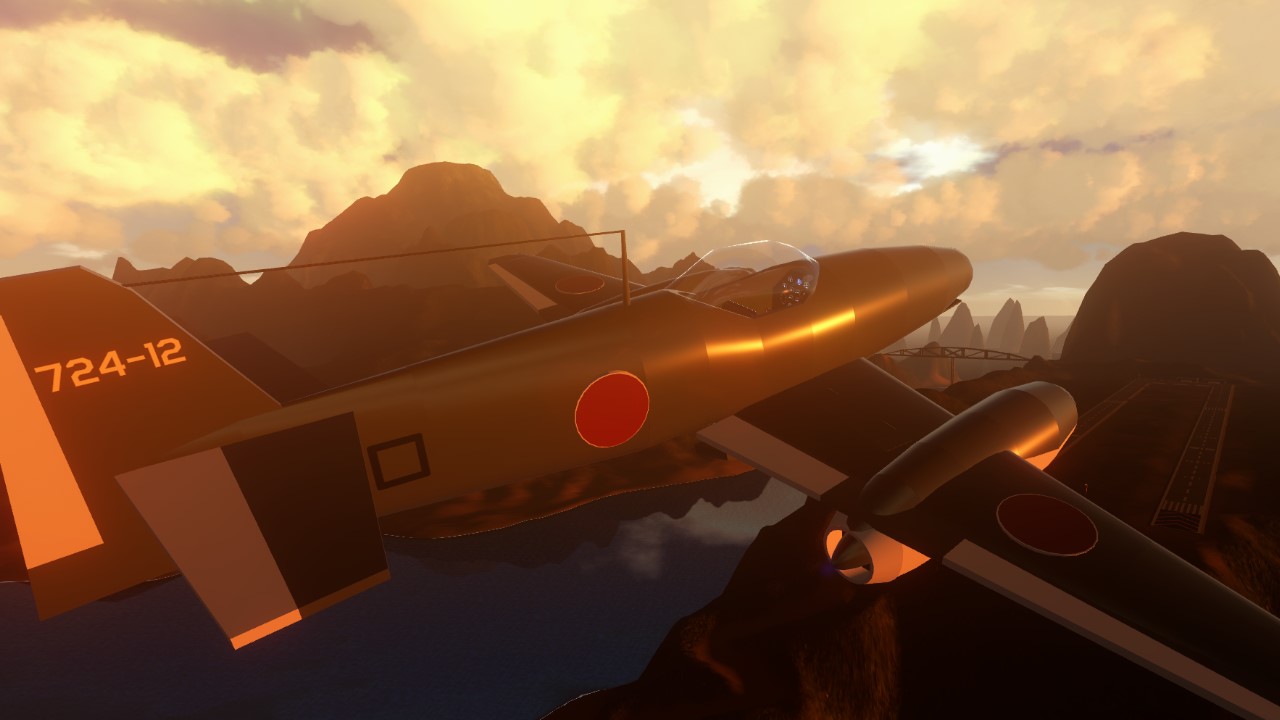
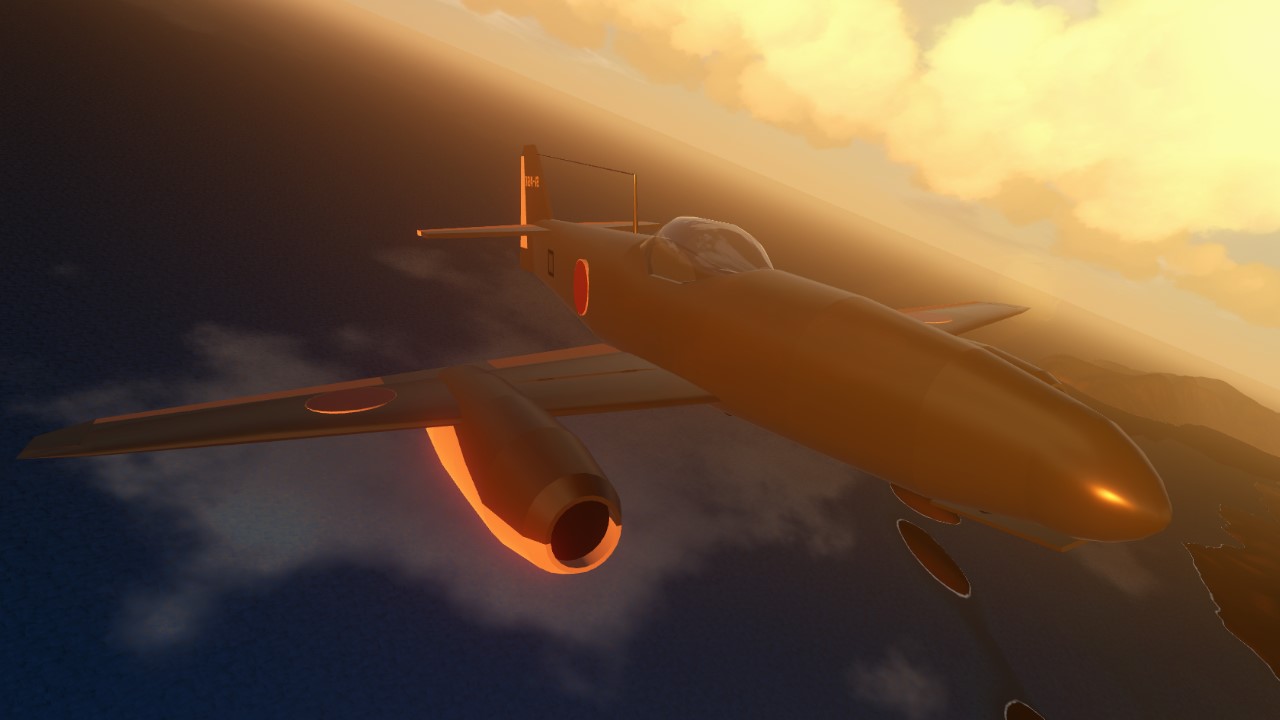
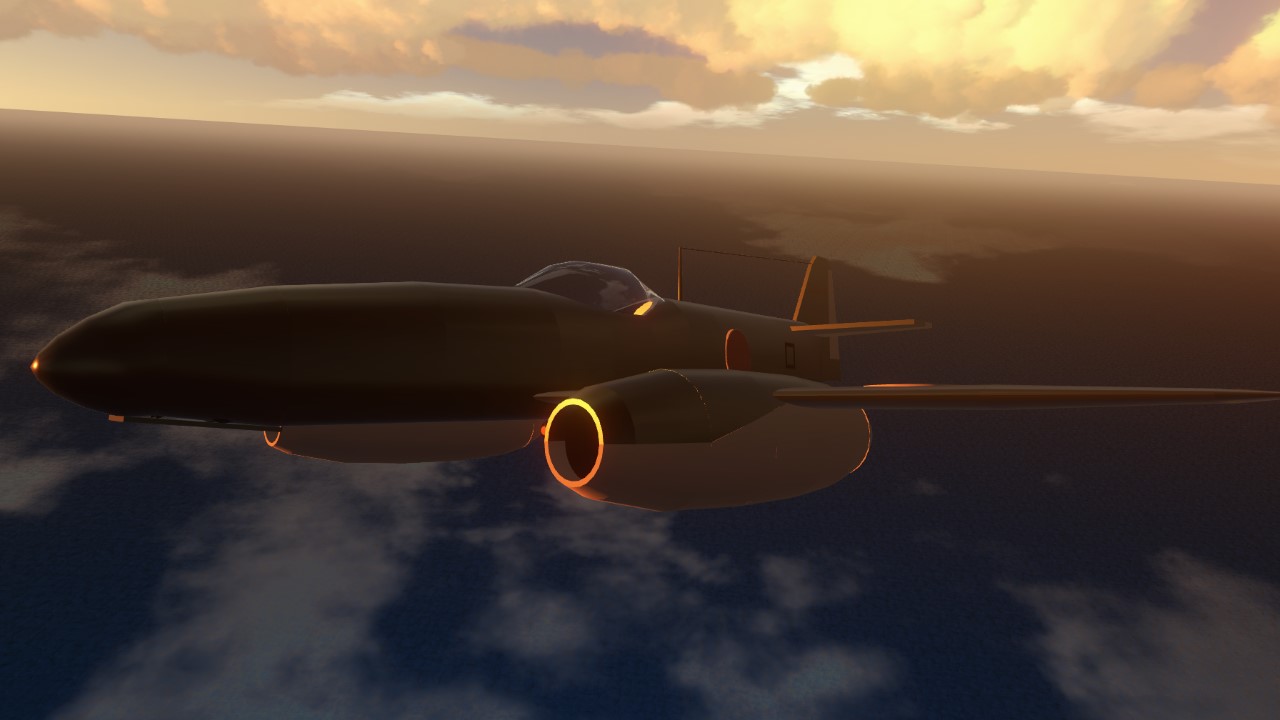
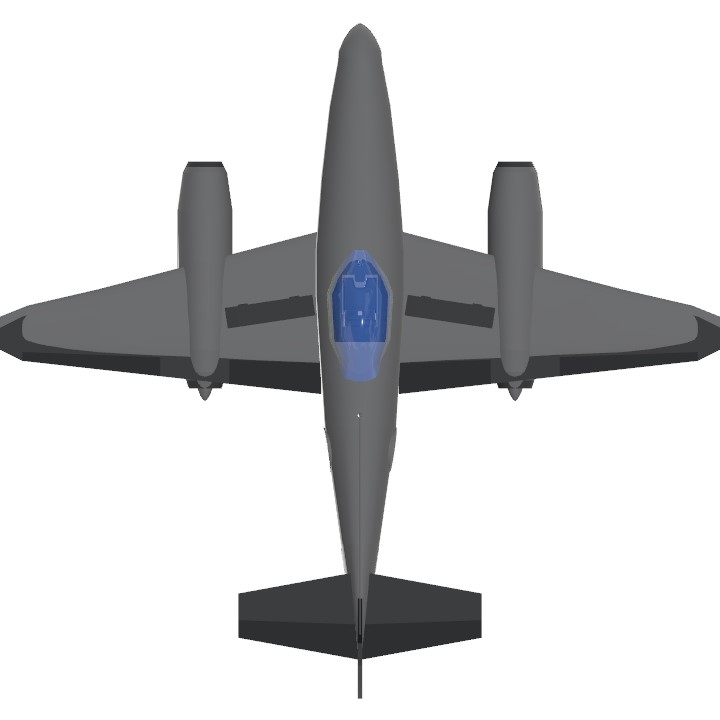
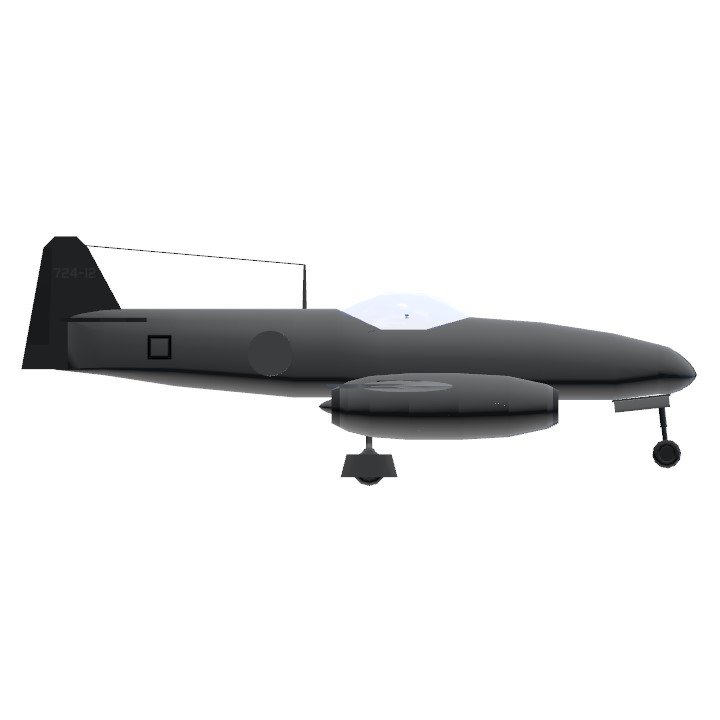
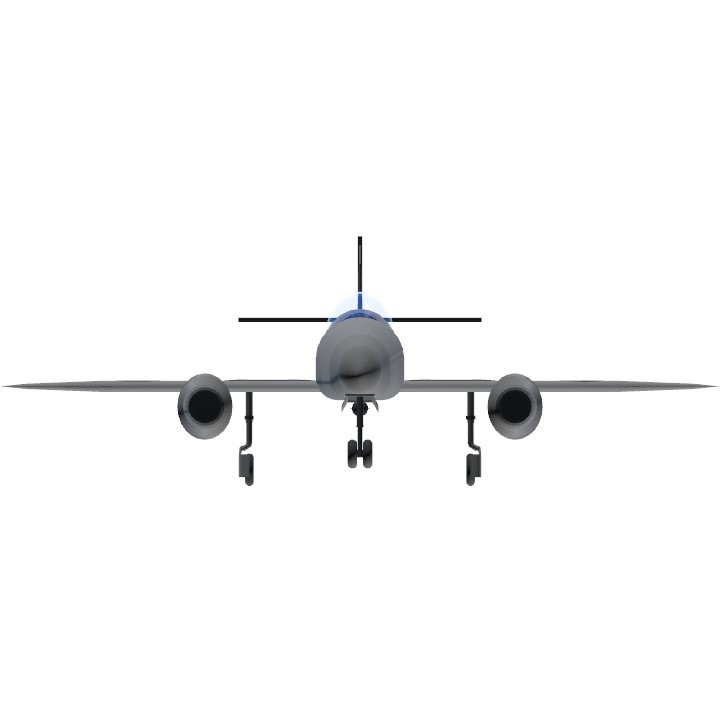
First the Me-262 Then the Kikka then ofc the soviets had to get a piece of it and made the SU-11(SU-9)
War Thunder Much?
@MicroZackStudios It kinda is
Oh Yeah Me262 Kikka
Nice. Can you add to the challenge.
@WinsWings Submission 2.